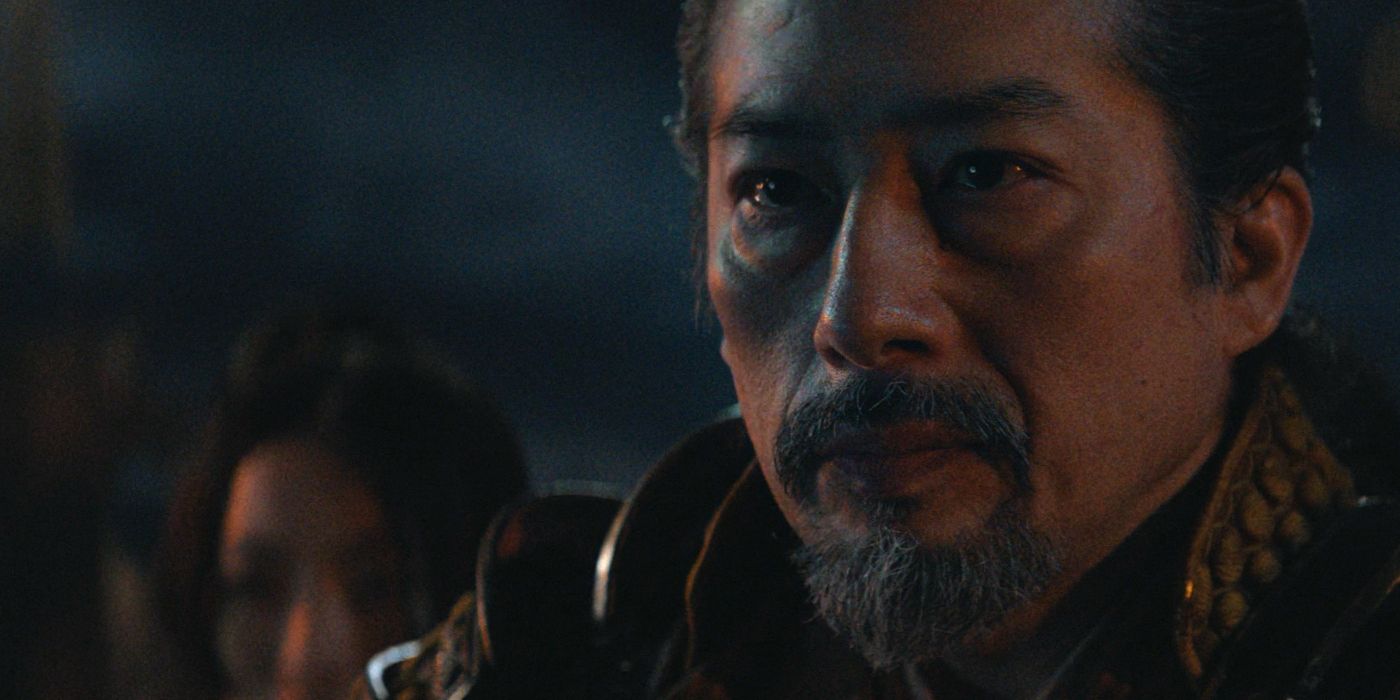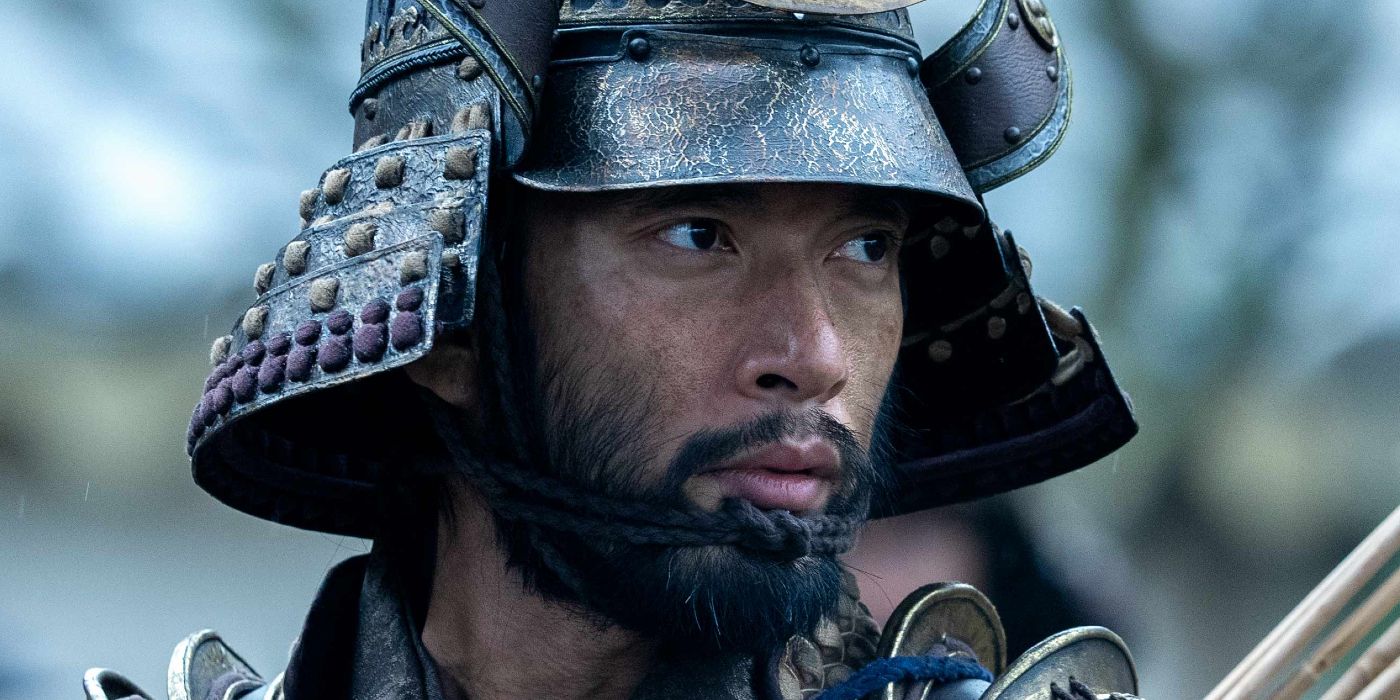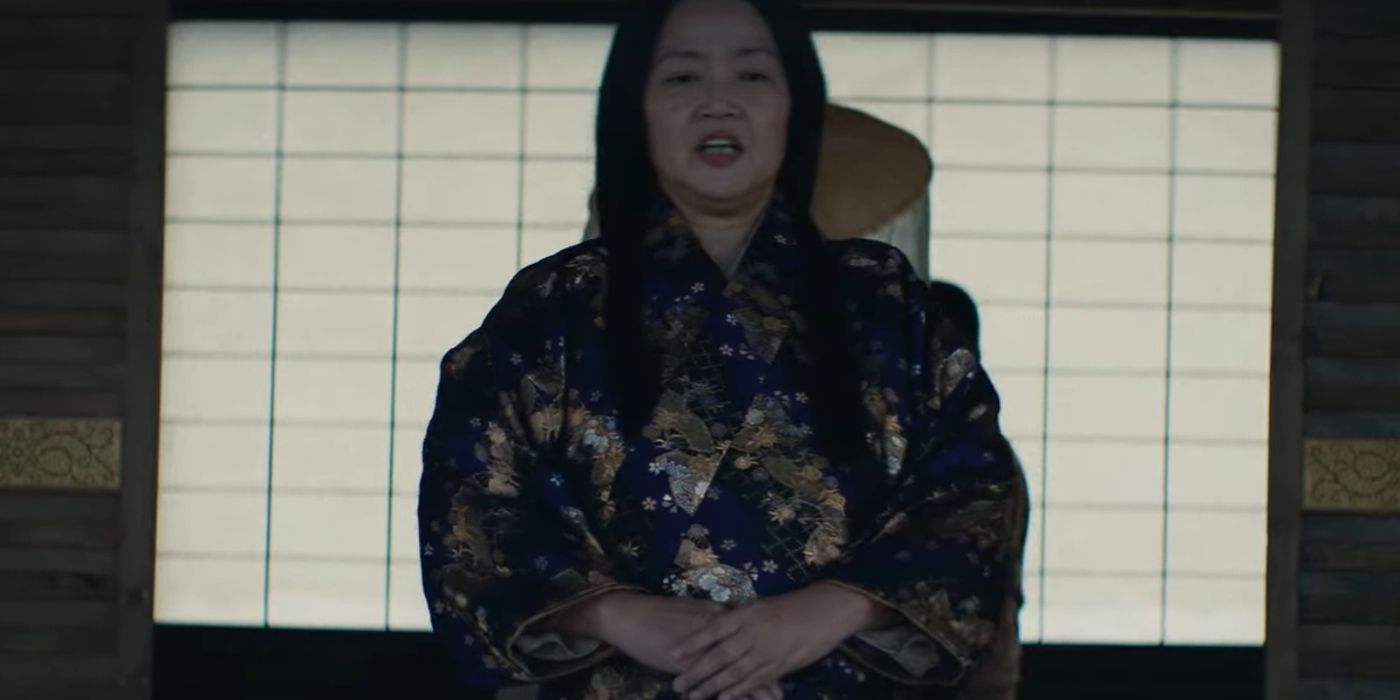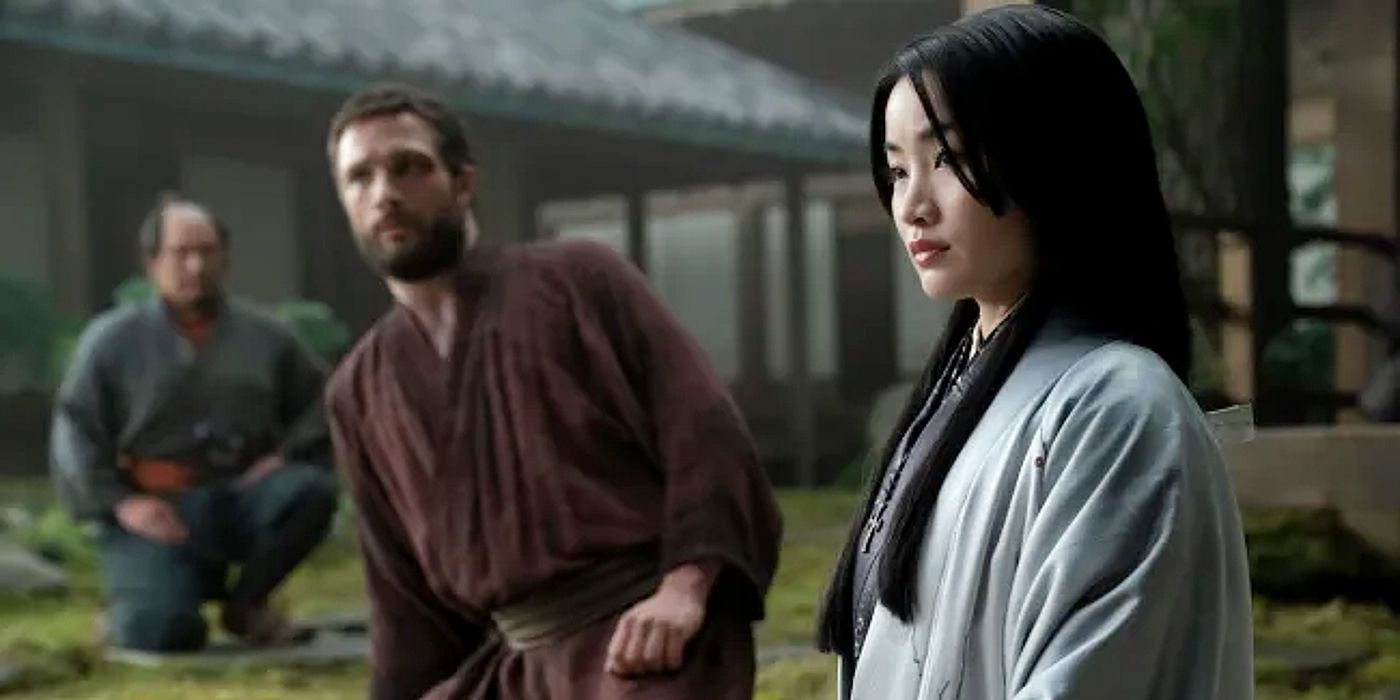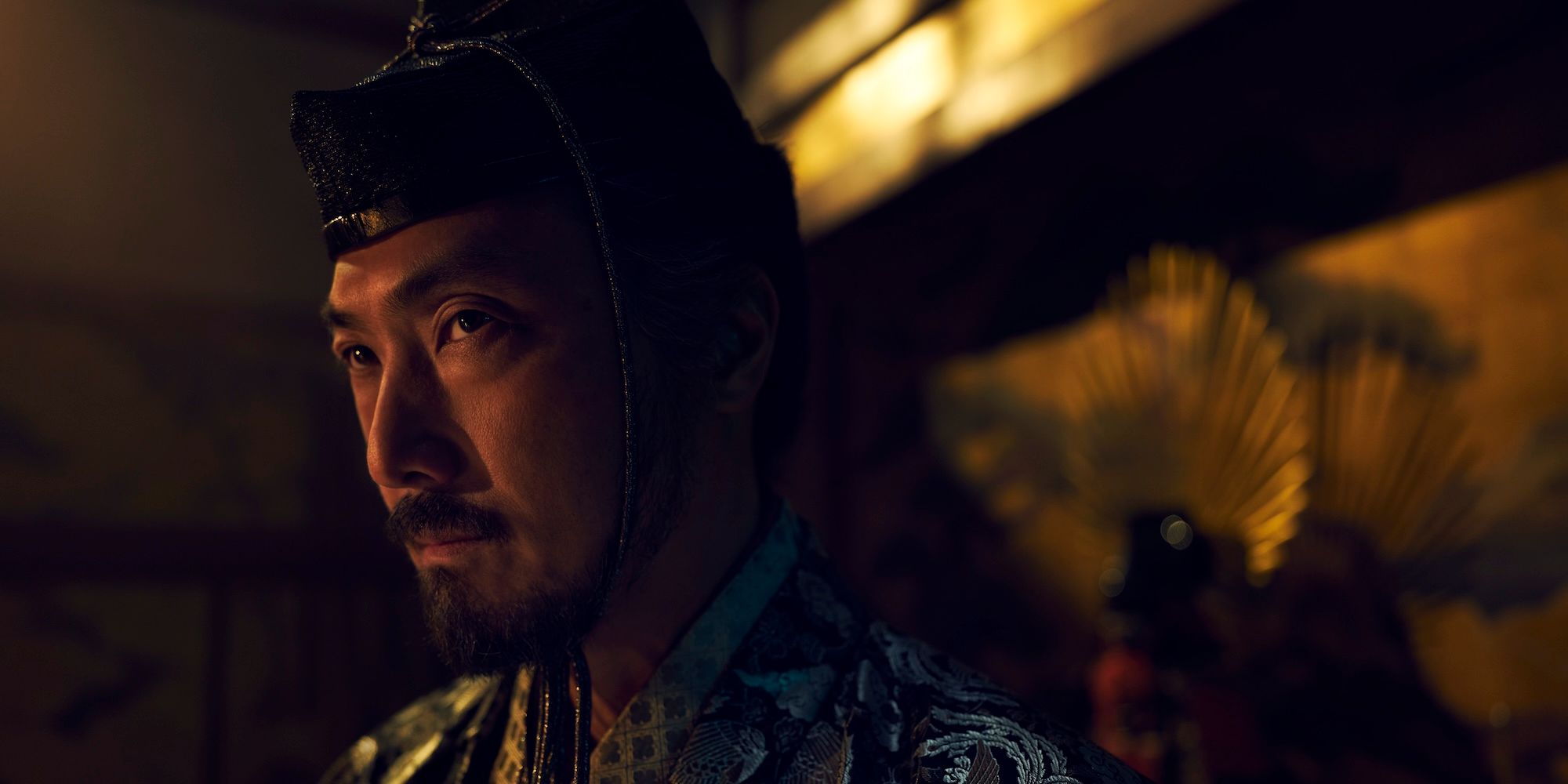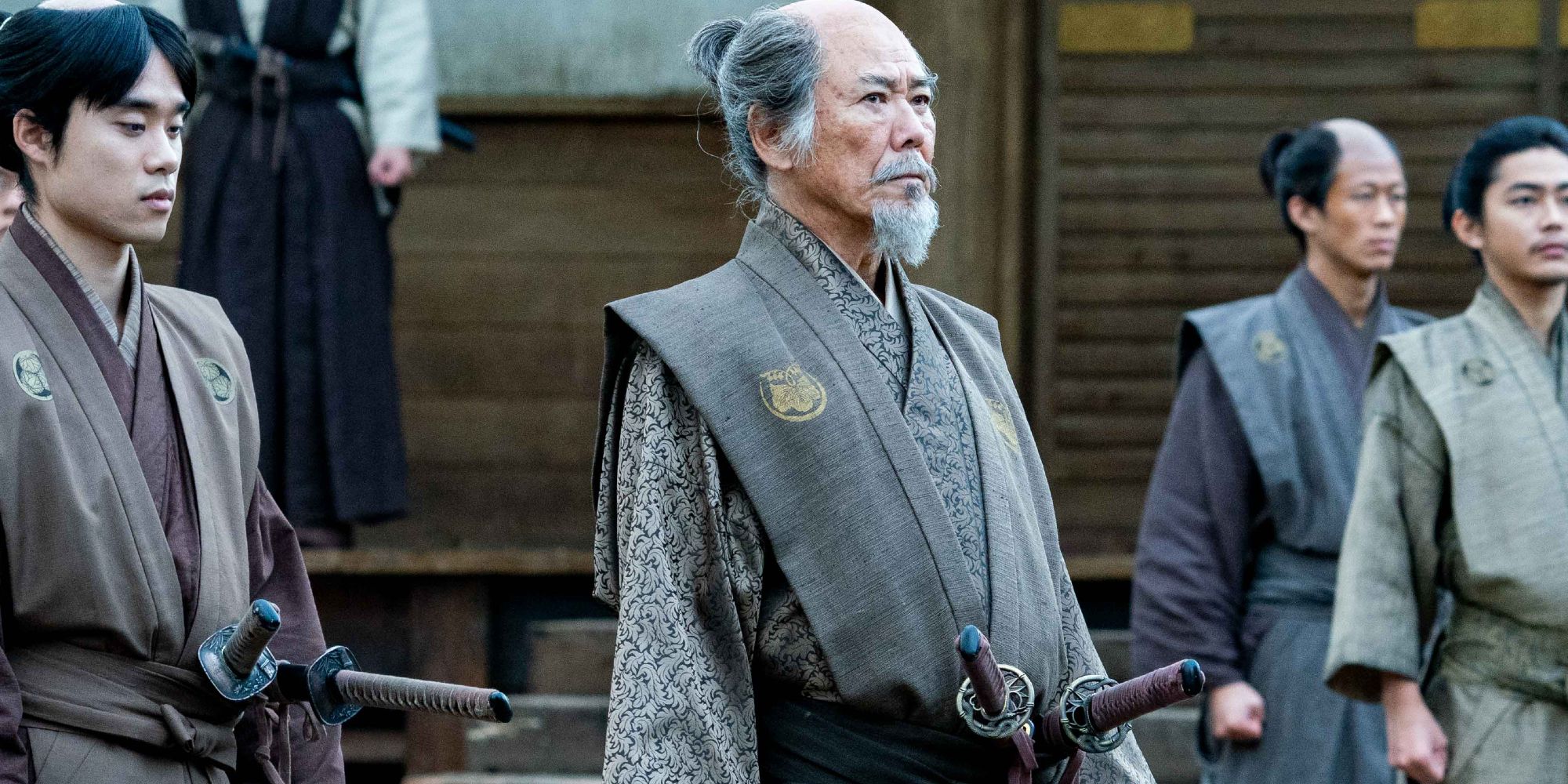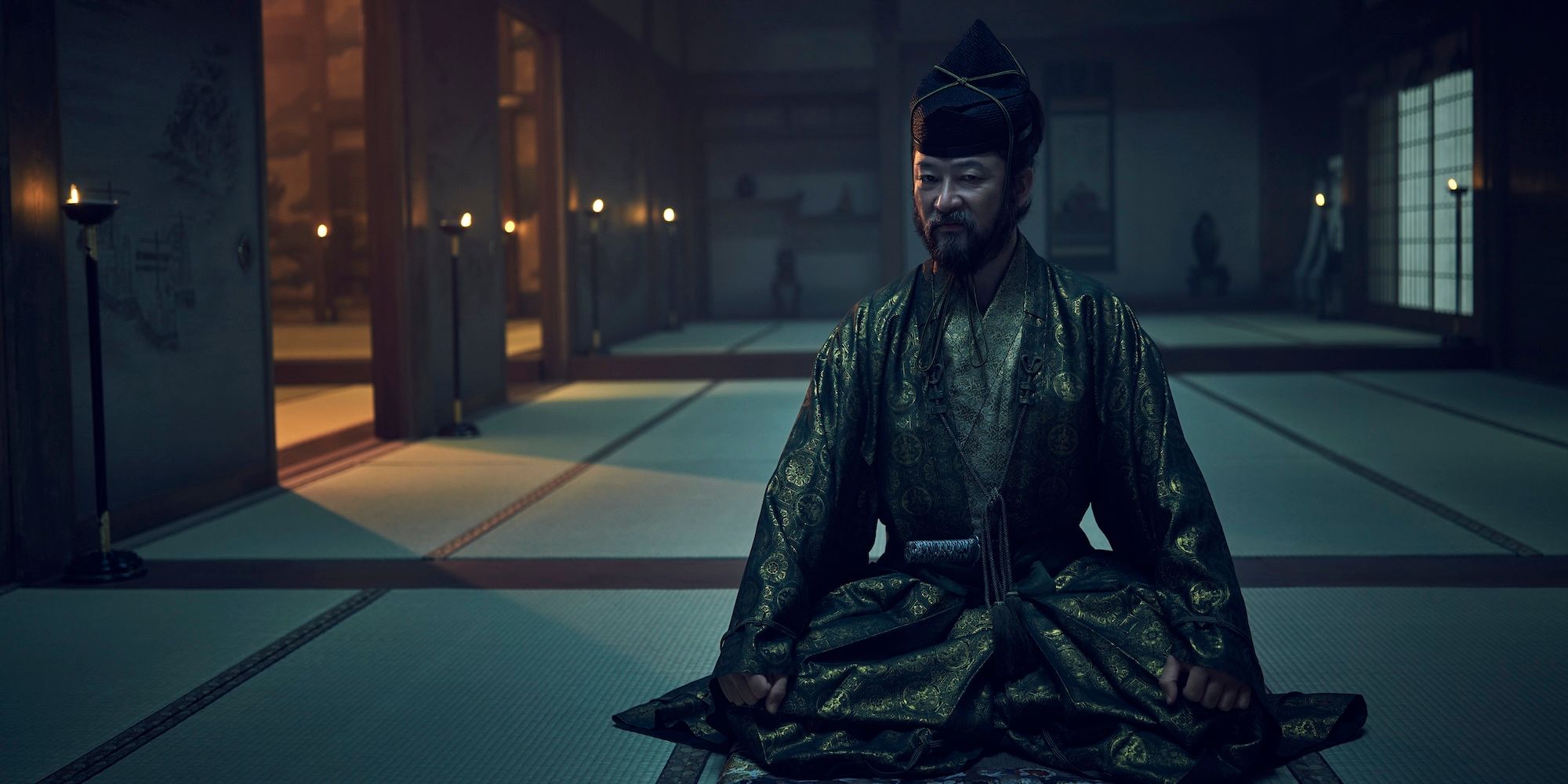The new FX/Hulu historical epic series Shōgun refers to the real-life Imjim War several times throughout its first few episodes. Shōgun chronicles the rise of the real-life Tokugawa shogunate at the start of the 17th century in feudal Japan, which established the longstanding Edo Period of peace and stability in the nation. Lord Yoshii Toranaga (Hiroyuki Sanada) is inspired by the true story of Tokugawa Ieyasu and how he was able to overcome the lethal pressures of the Council of Five Elders to create his own family dynasty as shogunate of Japan for 260 years.
Shōgun premiered to rave reviews on February 17, 2024, receiving a nearly perfect 100% Rotten Tomatoes score after its first three episodes. While Shōgun certainly deviates from the true story of Tokugawa’s rise to power and John Blackthorne’s real-life inspiration William Adams’ involvement in the feudal wars, the series is an undeniable critical success. Shōgun will inevitably portray the famous Battle of Sekigahara, which took place in October of the year 1600 and unofficially established the beginning of the Edo Period and the Tokugawa shogunate. Just before the events of Shōgun, however, Japan was at war with Korea in the Imjin War.
The Imjin War Is Japan’s Two Invasions Of Korea Between 1592-1598
While the Imjin War is not directly depicted in Shōgun, the implications of it are felt heavily throughout the series. The Imjin War consisted of two separate but connected Japanese invasions of Korea during the end of the 16th century. The first invasion occurred in 1592 and the second occurred in 1597, after a brief period of truce in 1596. The two invasions were launched by Toyotomi Hideyoshi, who is portrayed as the Taikō in Shōgun episode 2, the former authority figure in feudal Japan who created the Council of Five Elders (known as the Council of Regents in the series).
Hideyoshi’s efforts in the Imjim War were intended to seize power from Korea and China, which did not end up working in Japan’s favor. With the Taikō’s death in 1598, the Japanese forces that had invaded Korea for a second time were ordered to abandon their mission and return to Japan by the newly appointed Council of Five Elders. According to the World History Encyclopedia, “The ambitious campaign got off to a brilliant start as cities like Pyongyang and Seoul were captured, but eventually, the combined operations of the Korean navy and a large land army from Ming China resulted in the first invasion stalling.”
What Caused The Japanese Invasions Of Korea
Nearing the end of his life during the time of the Imjim War, Hideyoshi had long dreamed of conquering its neighboring territories of Korea and China in order to expand Japan’s borders. Despite being considered a revered and great war general, Hideyoshi’s ambitions to take over Ming China may have proven to be short-sided, as the first invasion made it clear how many resources Japan would have to exhaust compared to how formidable the combined powers of Korea and China actually were. The Council of Five Elders were wise to put an end to the second invasion before it reached another point of failure like the first had.
According to the World History Encyclopedia, “Hideyoshi’s scheme was so ambitious some historians have taken it as evidence of a mental disorder which manifested itself in other forms such as his paranoia that those closest to him, including his nephew and first-choice heir, were conspiring against him.” While the point of the Taikō’s sanity isn’t necessarily made or discussed in Shōgun, it does add more historical context to the need for a new shogun to rise in his place. Conversely, some historians believe that Hideyoshi wisely sent his eager generals to Korea in order to avoid causing violent conflicts on Japanese soil.
Was There A Winner Of The Imjin War?
China and Korea were effective in thwarting the two massive invasions orchestrated by Hideyoshi, indicating that if there was a clear loser of the Imjin War, it was Japan. Despite the Taikō’s grand and sweeping vision for a glorious overtaking of China and Korea, the Imjin War ultimately weakened his clan’s power in Japan greatly. This point doesn’t really come across in Shōgun, as the Imjin War is used more as a backdrop of the apparent unity that Japan had before Hideyoshi’s death and the Battle of Sekigahara. Hideyoshi’s ambition for a Japanese Empire died with him in 1598.
Korea suffered massive losses in personnel, with at least 125,000 Korean civilians confirmed to be dead and an additional 60-70,000 taken prisoner as a result of the Imjin War. The two invasions also started to chip away at the Ming dynasty of China and the economy took a major hit immediately following the war. According to the World History Encyclopedia, from the year 1607 on, “the diplomatic and trade relations were restored with Korea and would endure for a further two centuries, even if the wounds of the Imjin Wars would never really heal.”
Why The Imjin War Is Referenced In Shogun
The Imjin War is referenced in Shōgun in order to establish the sense of unity that once existed between the Council of Regents, as Toranaga and Ishida both fought together under Japan’s flag but now are fierce enemies. It demonstrates that, regardless of the Taikō’s true motivations for starting the war, Japan could unite under one cause in the name of what they believed was best for the country. The Imjin War references in Shōgun prove that Japan desperately needs a new military leader after the death of Hideyoshi.
Ironically, the Imjin War was arguably a period of stability and unification in Japan in comparison to the feudal lord rivalries that would come to a head at the Battle of Sekigahara. The aftermath of the Imjin War also resulted in many cultural overlaps between Korea and Japan, who inadvertently learned a great deal about each other’s customs and weaponry during that time period. Metaphorically speaking, the Imjin Wars represented the first true attempt for Japan to establish itself as a global empire, an ideal that was held throughout the origins of the Tokugawa shogunate as depicted in Shōgun.
